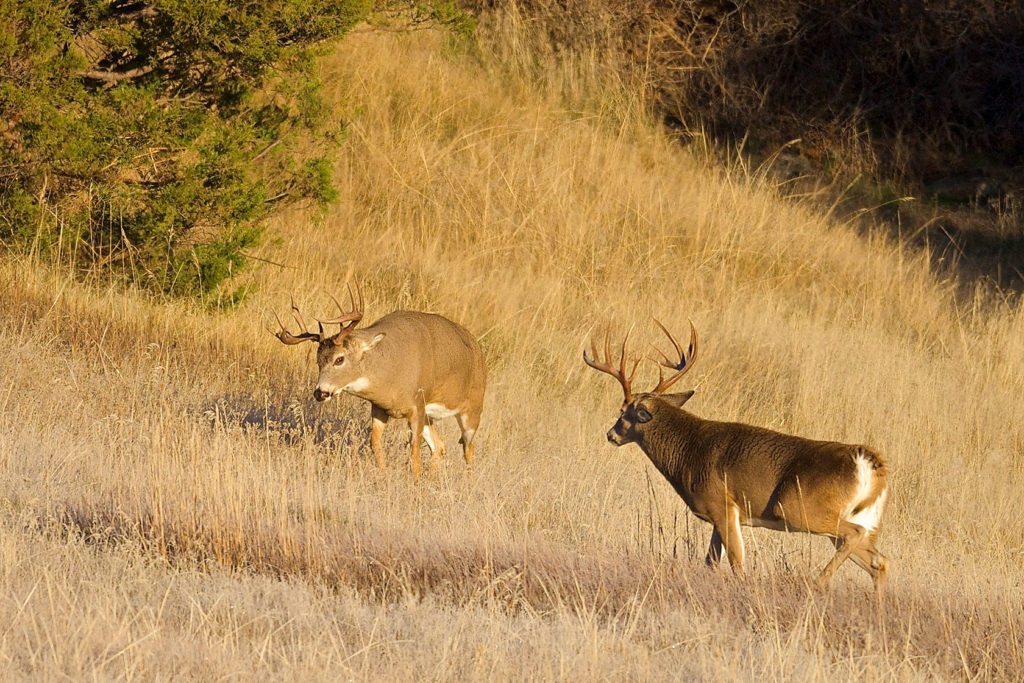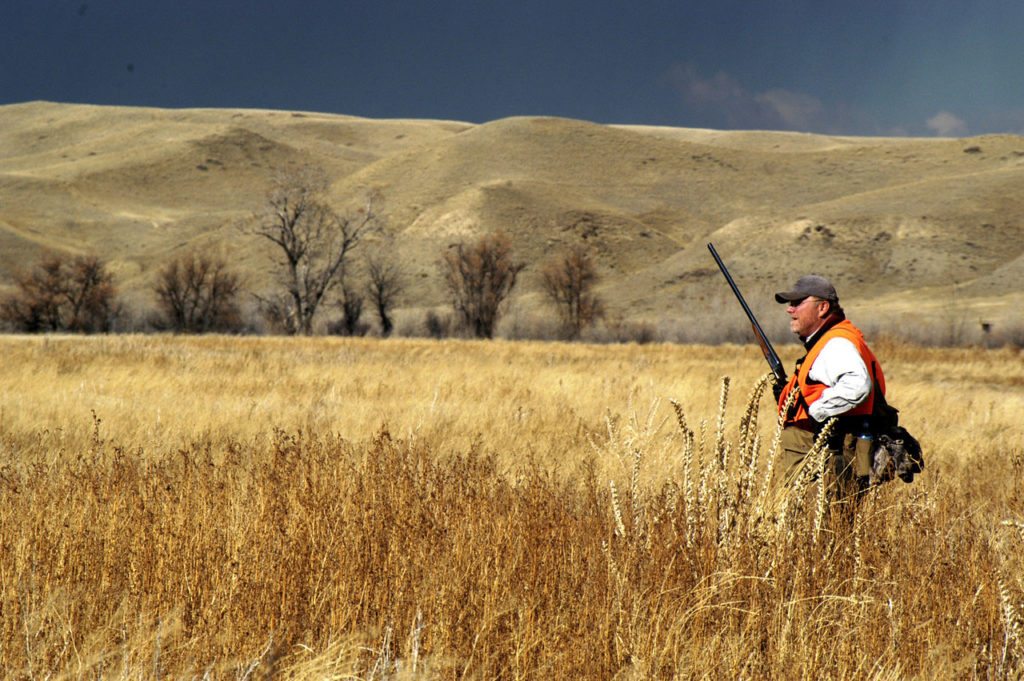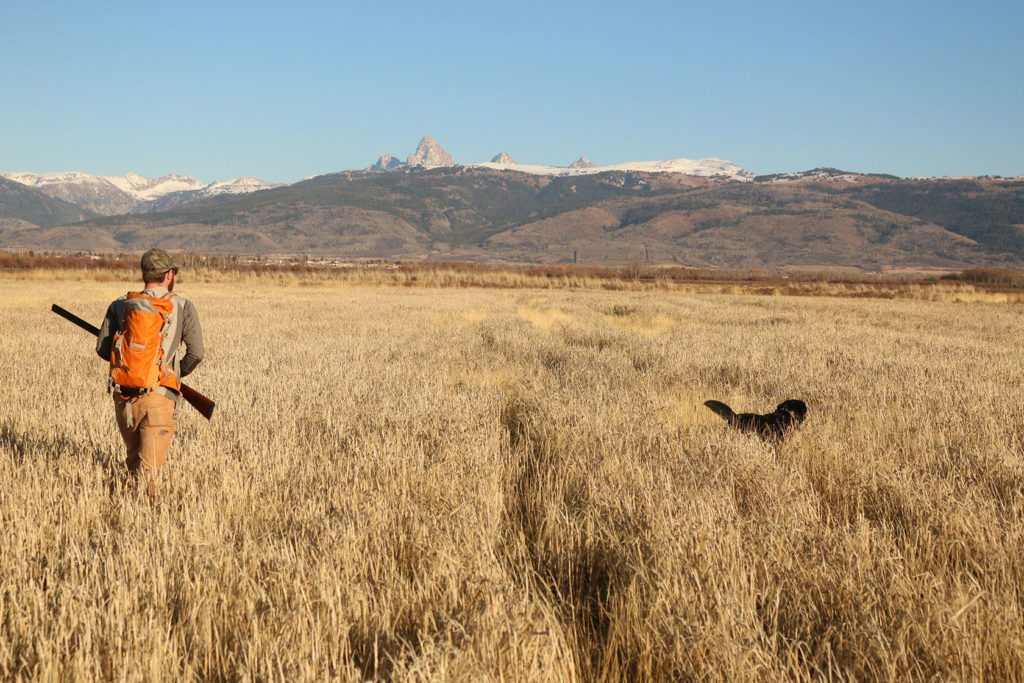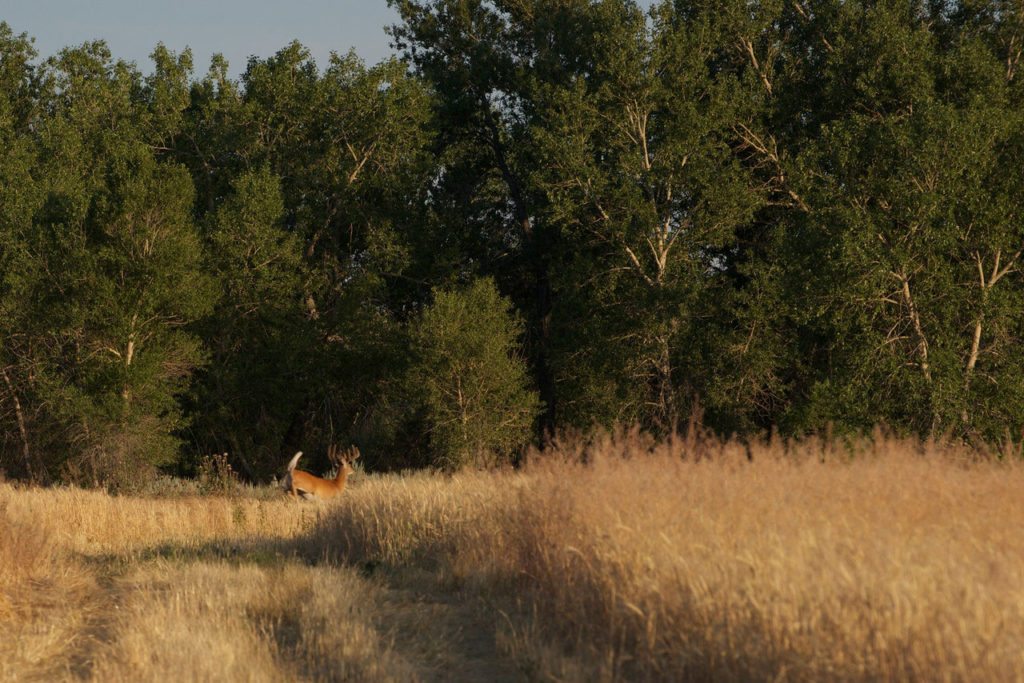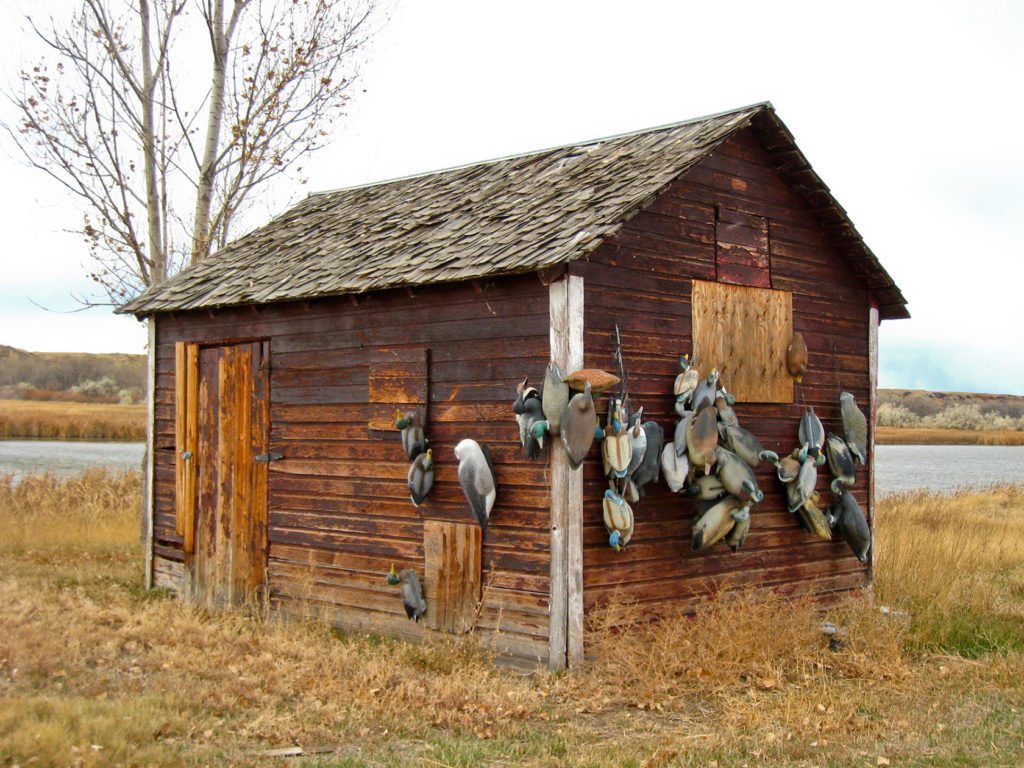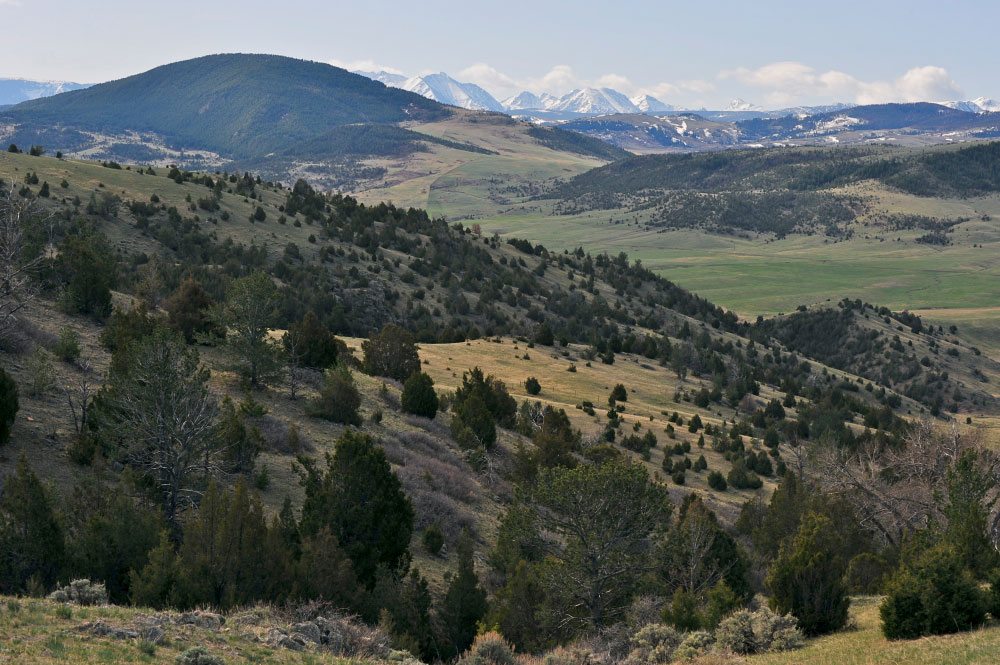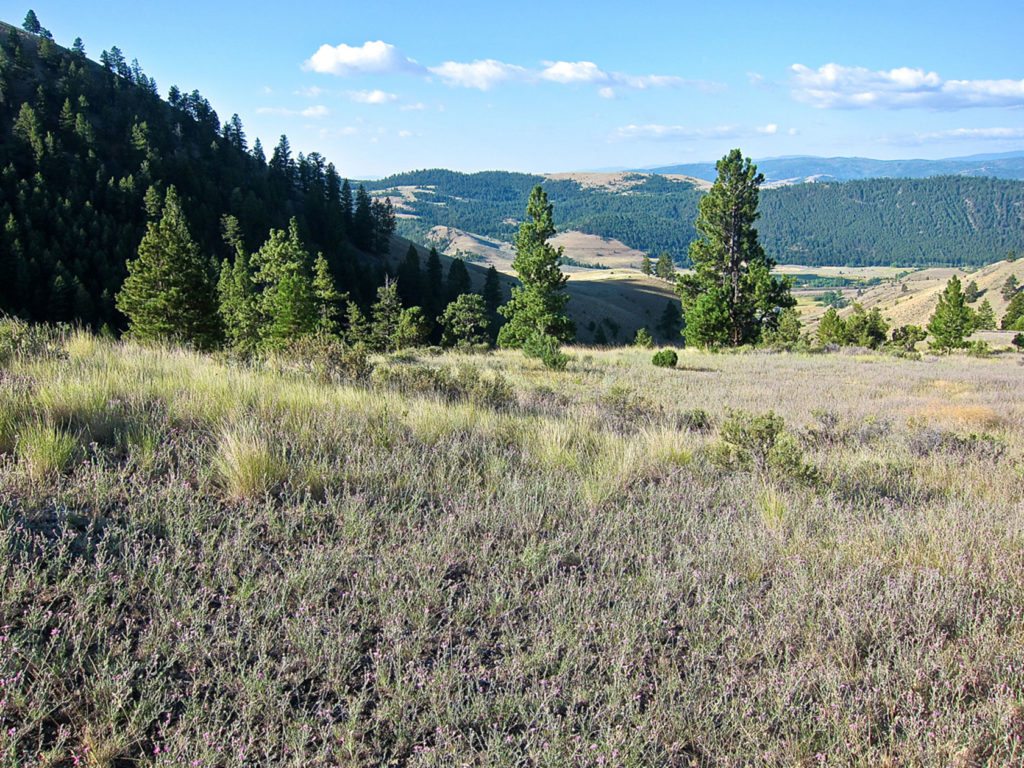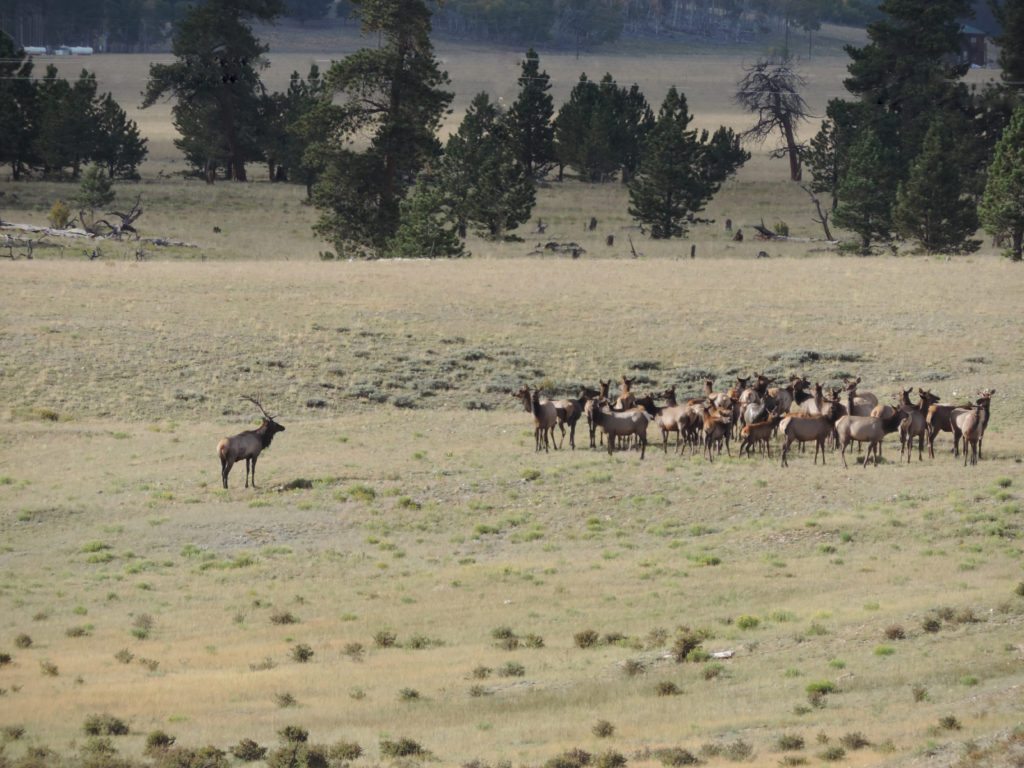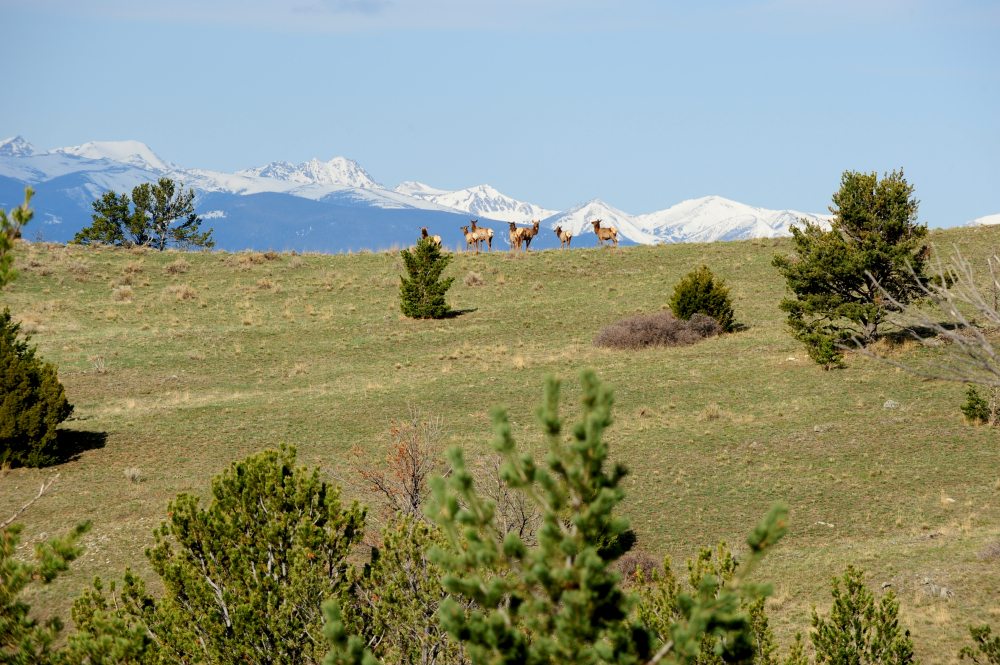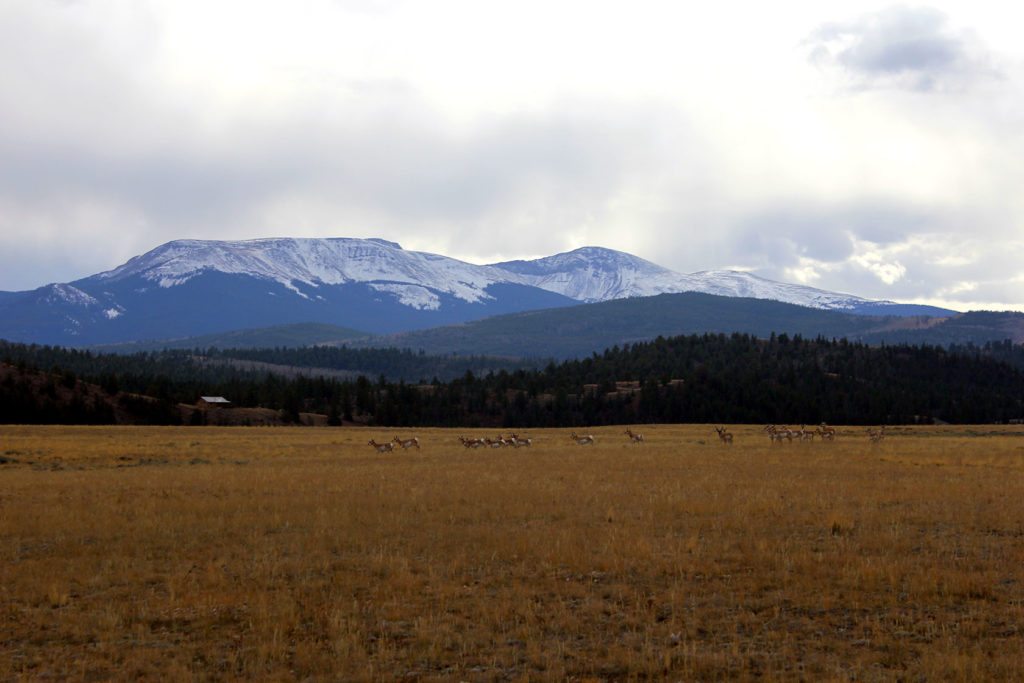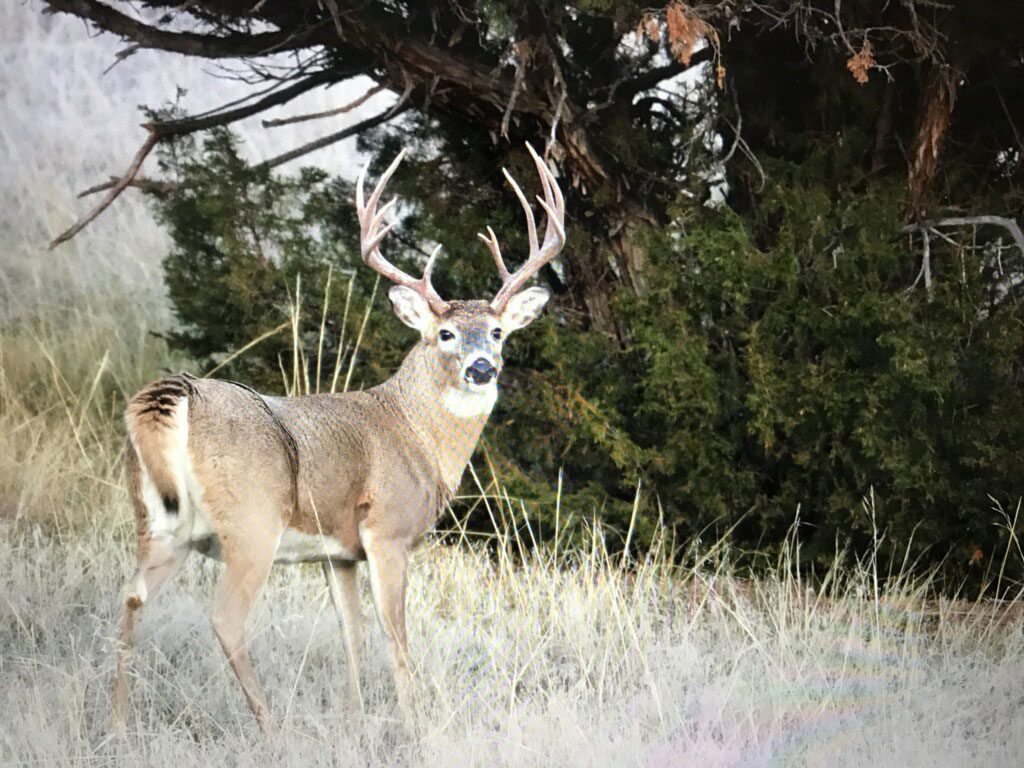Part Three – Agricultural and Range Options
Proven and effective wildlife management strategies often employ rotational grazing practices to allocate a percentage of range pasture and cover for game, use specific water gaps or tanks to concentrate stock watering areas, establish a noxious weed eradication program, aggressively control predator populations, and manage timber resources by selective thinning trees to increase grass forage. To maximize the wildlife potential of any property, strong consideration must be made to creating and/or maintaining both a sufficient food and cover base. The absence of one of these items greatly reduces the likelihood that animals will frequent the property with any regularity, and when both features are gone, so is the game in most cases.
When it comes to food sources, utilizing the agricultural potential of a property to grow cash crops like alfalfa, sanfoin, grains, sugar beets, corn, peas and legumes, will provide real income stream, while incidentally creating a major draw for wildlife. Positioning food plots near water and bedding areas increases the frequency of use by a considerable margin.
Dense cover areas are critical for shelter from the elements, protection from predators and to encourage wildlife to live and stay on the property year-round. Establishing and maintaining transitional “edges” between nesting/bedding cover and available food sources will compel wildlife to frequent those particular areas on a regular basis. In Montana, the best cover habitat for both upland birds and big game species seem to consist of mixes of hardy grass species and woody brush cover that will stand up to snow and wind, along with pockets of either deciduous and conifer trees. Russian wild rye, wild rose, buffalo berry, snow berry, plum, juniper, caragana, Russian olive, kochia, willow and cattail are but a few of the types of cover species that wildlife favor. Also, unharvested spring wheat and barley crops will stand up well to deep snow, while providing a preferred and readily available food source
Other sporting-related options that will embellish the recreational assets of a property include fish introductions, upland bird stocking to create hunting opportunities where a wild population is marginal or non-existent, obtaining a shooting preserve license to lengthen harvest seasons, and building a skeet, trap or sporting clays course.
Property owners may want to consider Federal, State and private programs that could be relevant when implementing a recreational enhancement plan. One of the most familiar is the Conservation Reserve Program (CRP) started by the United States Department of Agriculture in 1985, and is designed to provide assistance and financial incentive for landowners to maintain sustainable farming practices as well as encourage the development of natural wildlife habitat. The Agricultural Act of 2014 consolidated the Farm and Ranch Lands Protection Program, Grassland Reserve Program and Wetlands
Reserve Program into the Agricultural Conservation Easement Program (ACEP), which provides for both agricultural land easement and wetlands reserve easement options that could provide direct wildlife benefits. The Private Landowner Assistance Program
(PLAP) is specifically targeted to landowners interested in promoting and protecting wildlife resources on their property. The Healthy Forests Reserve Program (HFRP) offers easements and financial assistance to landowners wanting to enhance and protect timber and forest habitat. The Environmental Quality Incentives Program (EQIP) provides financial and technical assistance to agricultural producers in addressing natural resource concerns, to include improving or creating wildlife habitat. Land stewardship programs offered through local conservation districts, DNRC Reclamation and Development
Grants, Ducks Unlimited habitat enhancement programs, Pheasants Forever and the Rocky Mountain Elk Foundation, are all sources of information, specific expertise, and potential partnering, as it pertains to promoting wildlife. Federal Conservation Easements are also a possible avenue that can offer a landowner potential tax incentives to protect critical and sensitive wildlife habitat on a property. These options are by no means comprehensive, but may at least provide a place to start.
When it comes to appreciation and value as it relates to real estate, the old adage “location, location, location” certainly is a primary consideration, however recreational elements that include a healthy and stable wildlife resource increase the desirability and worth of a property by a significant amount. Land stewardship strategies that give importance to wildlife concerns will result in a recreational property that is fulfilling to own, as well as greatly enhance pride of ownership.


